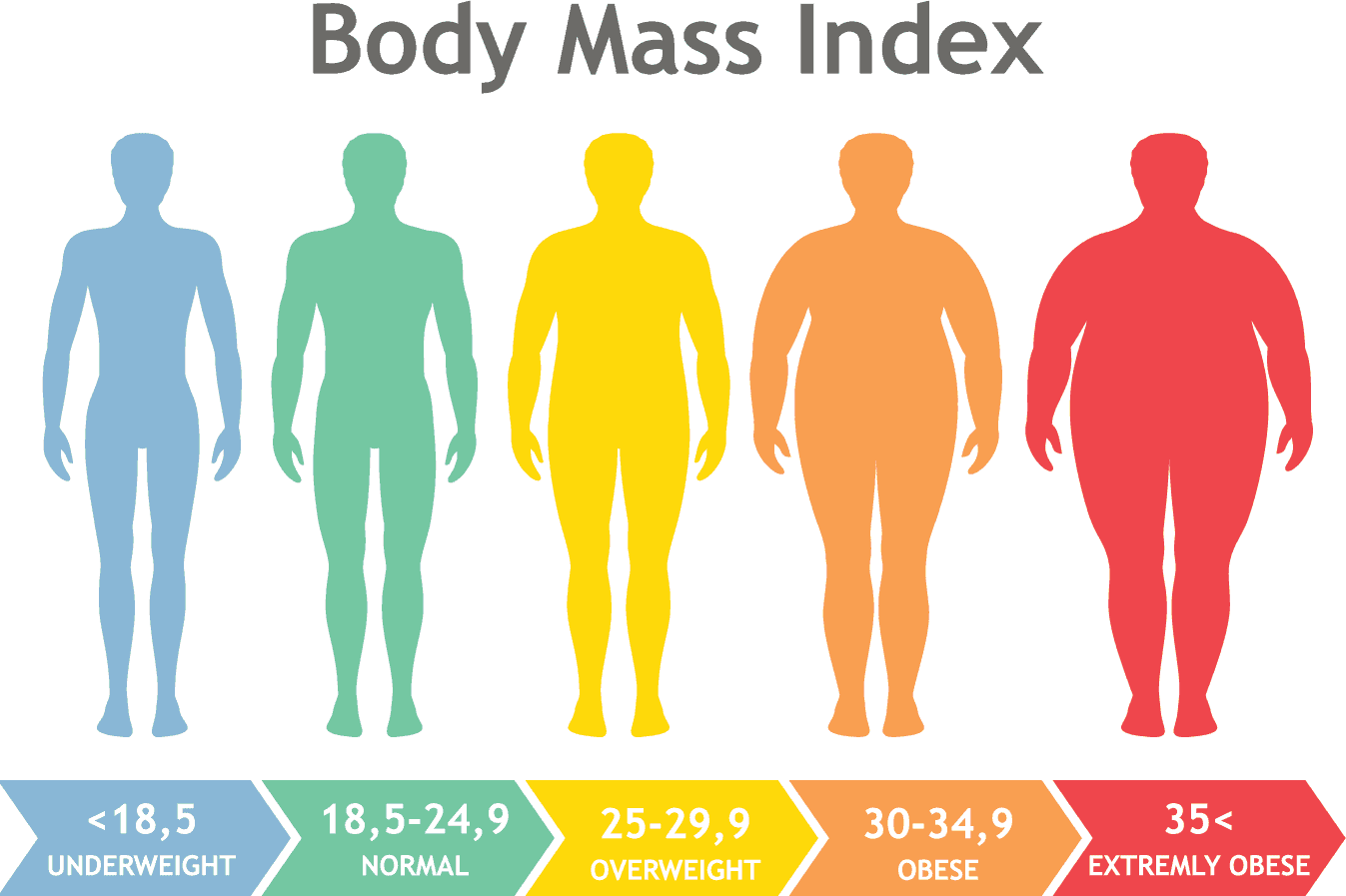BMI helps a medical records reviewer to assess the comorbidities that may be expected in a person who has a higher or lower body mass index than normal.
What is BMI?
BMI stands for Body Mass Index. It is a value to measure a person’s weight with respect to height. The resulting value indicates if the person has the correct weight in comparison to their height. It helps calculate if the person is obese, underweight, or slightly overweight.
A low BMI index can increase the risks of developing osteoporosis, and anemia in due course of time and is in no way healthy. It poses a risk to a person’s health in multiple ways.
At the same time, a high BMI index can result in a variety of comorbid health conditions such as high blood pressure, and cardiovascular and respiratory disorders. This can considerably reduce life expectancy. Therefore, it’s important to maintain a healthy BMI. For most adults, an ideal BMI is in the 18.5 to 24.9 range.
How to Calculate BMI?
The formula to calculate BMI is the weight (in kilograms) divided by height (in meters).
Formula: weight (kg) / [height (m)]2
To calculate in Pounds and Inches, divide the pounds by inches and then multiply the output with 703 (this helps converting from lbs/inches2 to kg/m2).
Formula: 703 x weight (lbs) / [height (in)]2
BMI and Comorbidities
BMI value contributes substantially to longevity assessment as high BMI is associated with severe health problems that affect the life span of an individual. A person with a high BMI is at risk of:
- Heart disease
- Hypercholesterolemia
- Hypertension
- Fatty Liver disease
- Pregnancy
- Type 2 diabetes
- Stroke
- Osteoarthritis or joint diseases
- Snoring or Sleep Apnea
Other factors such as high blood sugar levels, family history of heart disease, blood pressure levels, age, gender, physical activity, smoking status, waist circumference, menopause status, etc. are also taken into consideration during life expectancy assessment.
Methods
Telegenisys uses references come from hhs.gov databases to identify BMI related comorbidities for extracting ICD 9/10 disease mentions in the records. This data is used to list and rate comorbidities impacting longevity assessment. Sudden changes in weight over a short period of time are noted meticulously. Increased BMI could potentially indicate fluid retention leading to other comorbid conditions like congestive heart disease or kidney disease.
Since BMI history factors are most relevant for current data, values for the past three years of medical records are noted.
BMI History Reviews by Telegenisys
For the most comprehensive view of past BMI history reviews in life expectancy reports reach out to us for examples or have us do some samples of work for you. We make it easy to customize medical condition discussions so that publishing your BMI history findings is comprehensive, accurate and clear.
Case workers at Telegenisys are always on the lookout for life-threatening conditions and the risks they pose. Detailed probing in BMI history by the experts at Telegenisys flag the potential for a higher mortality and alert the underwriter of the risk.














0 Comments